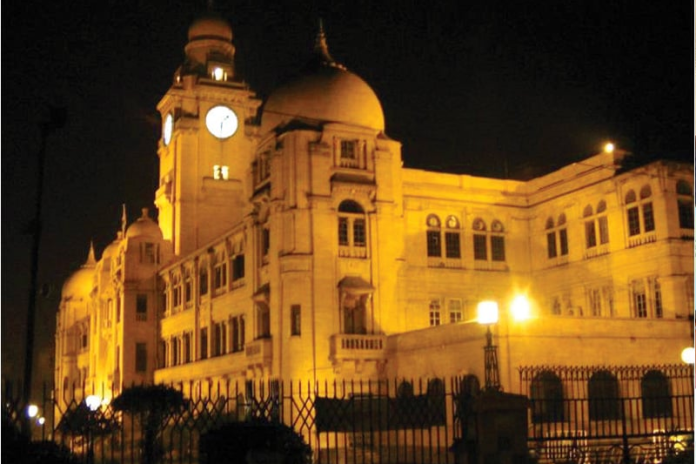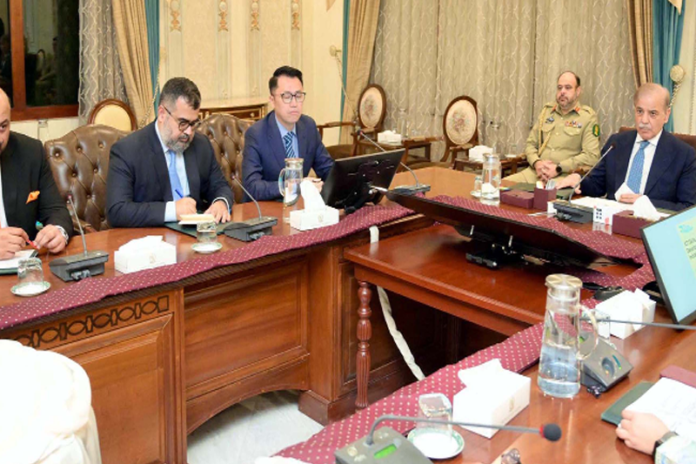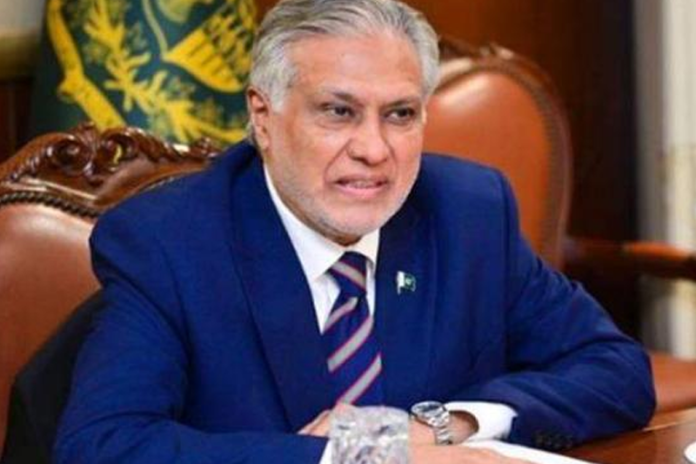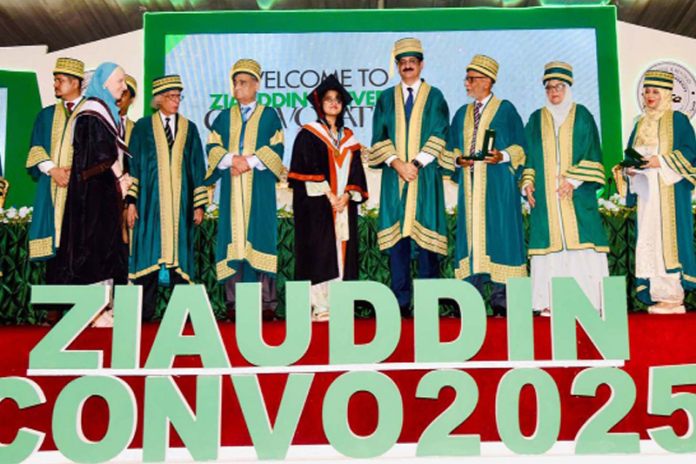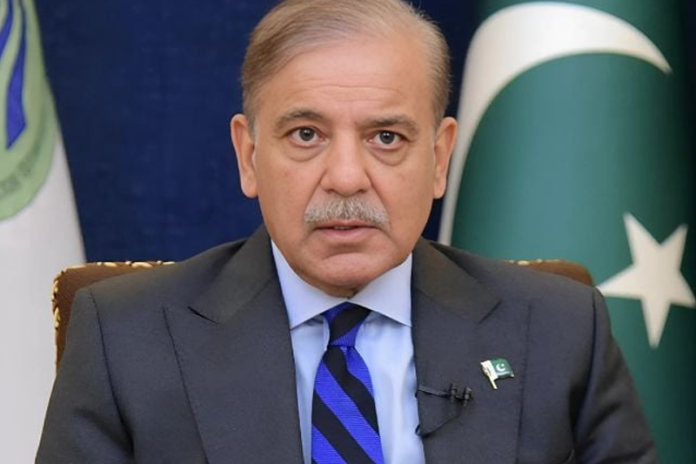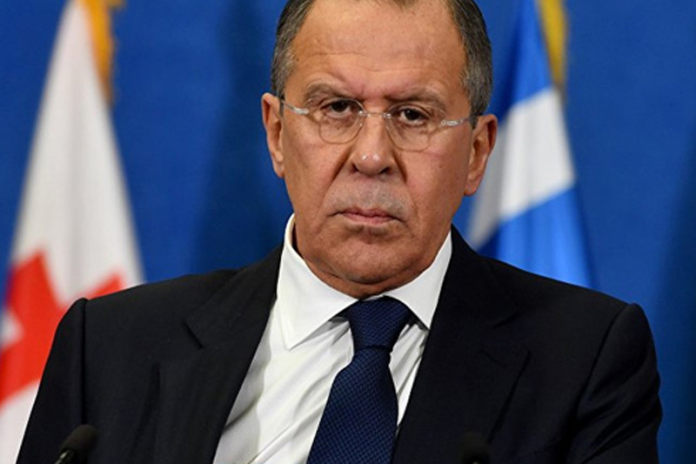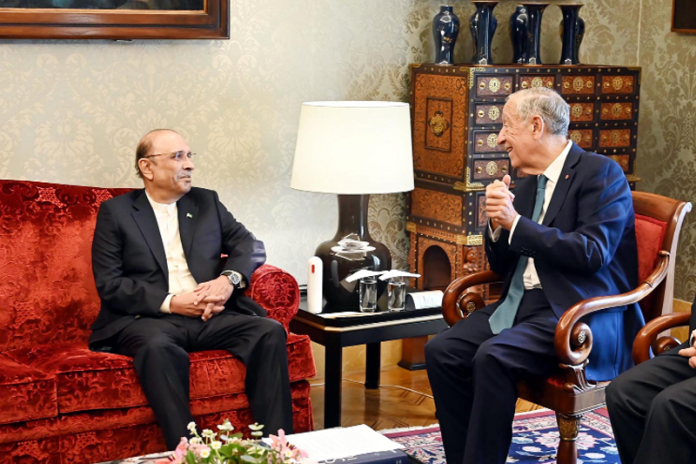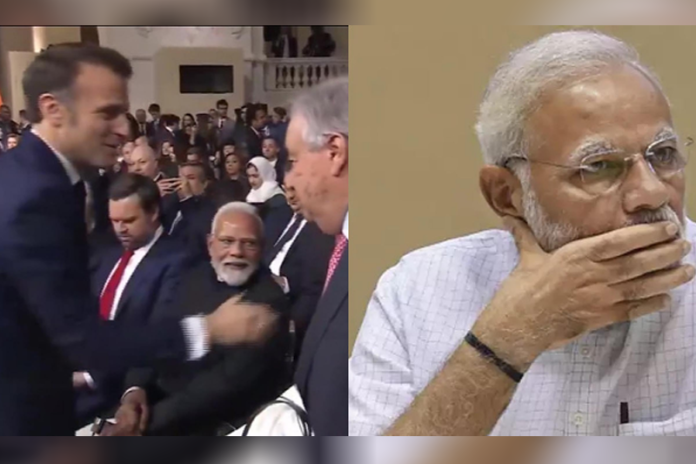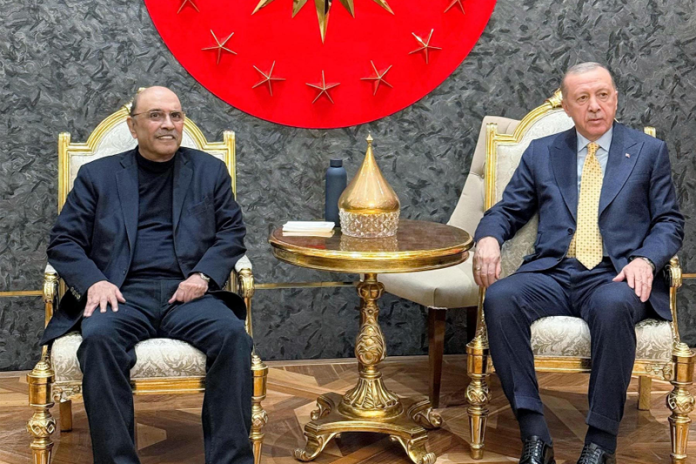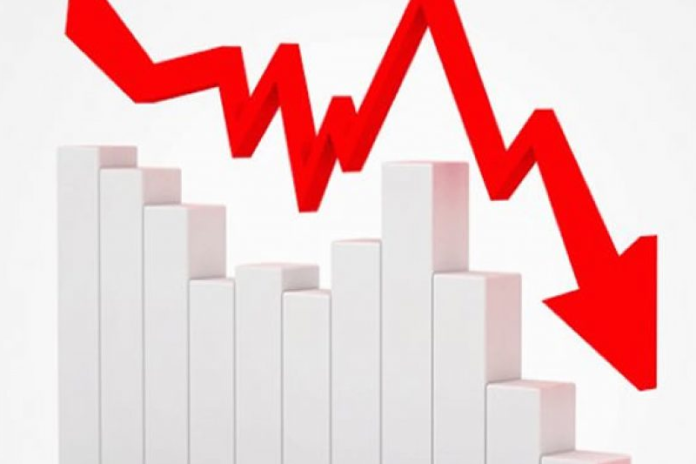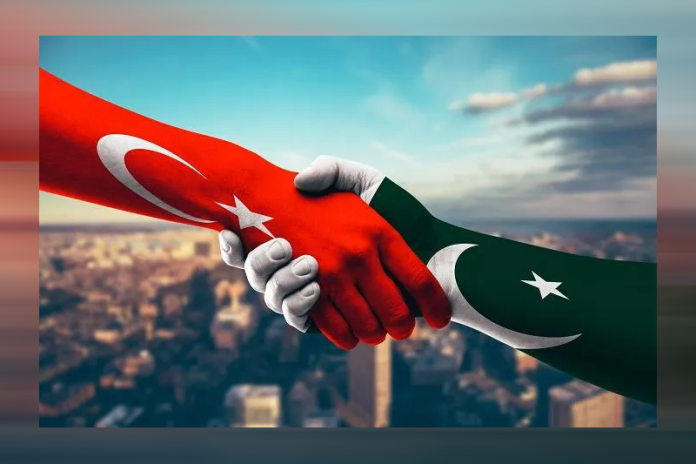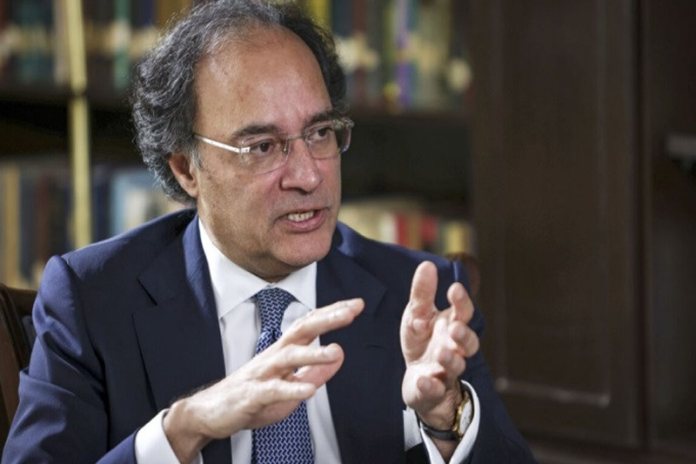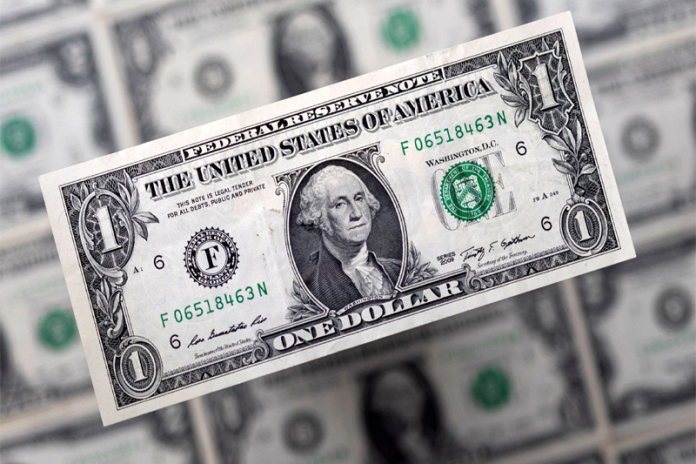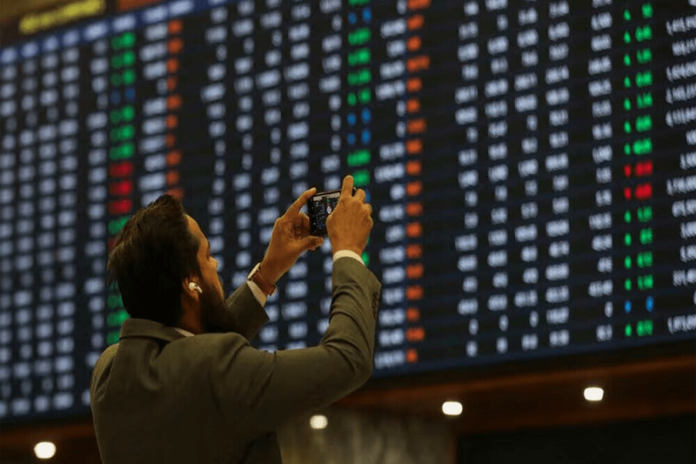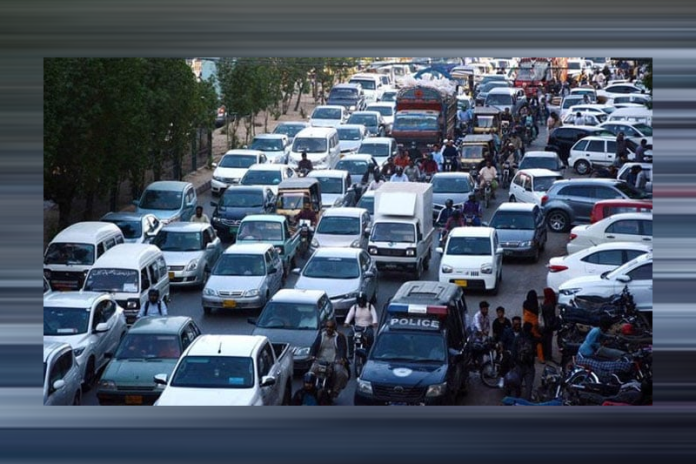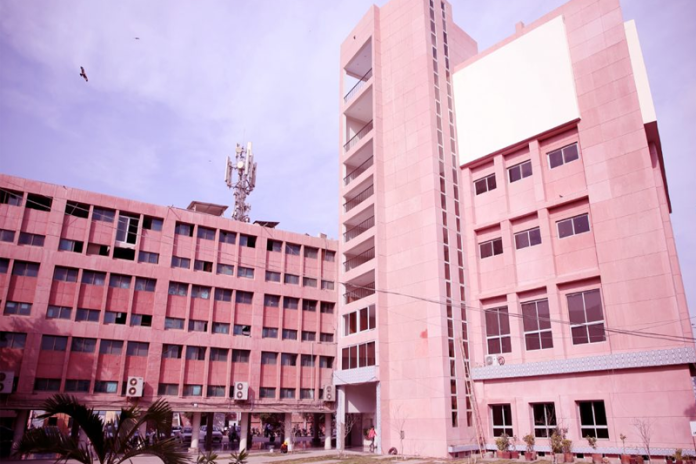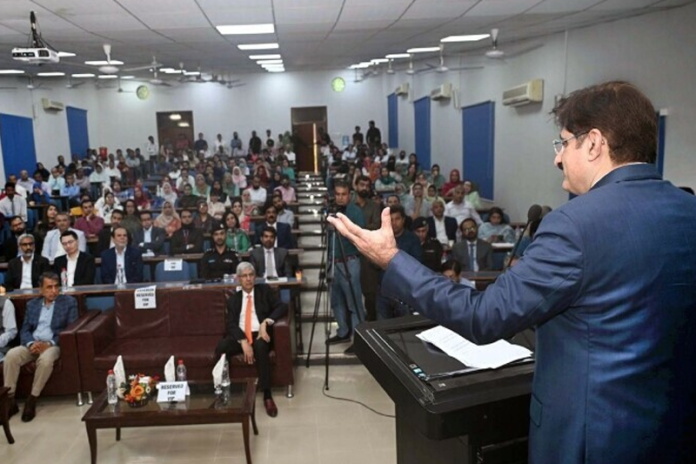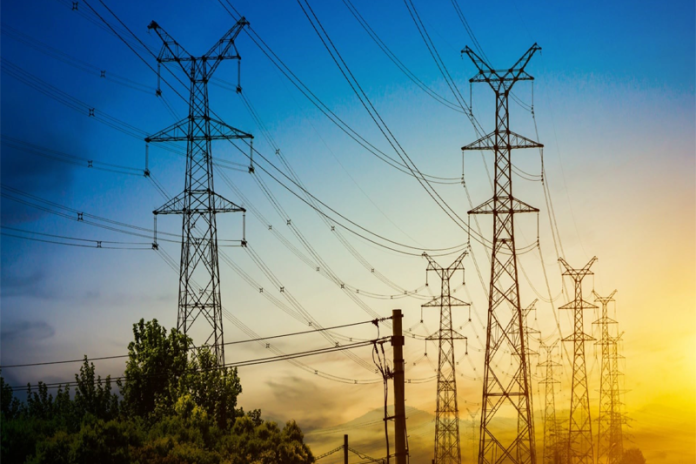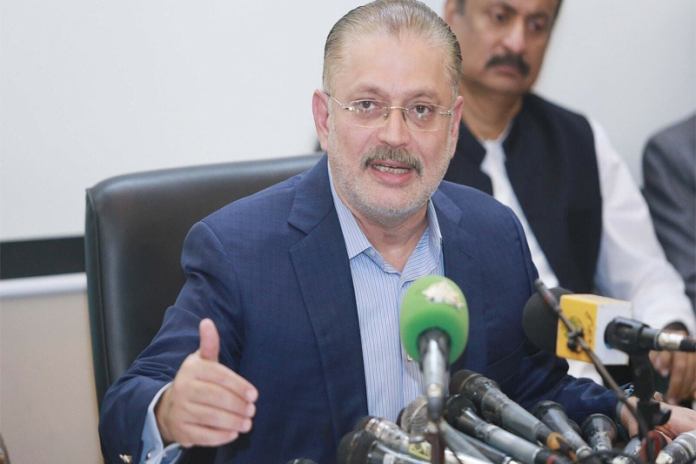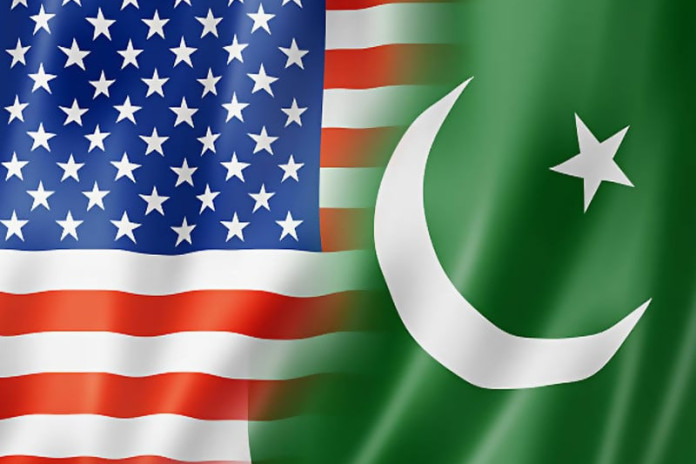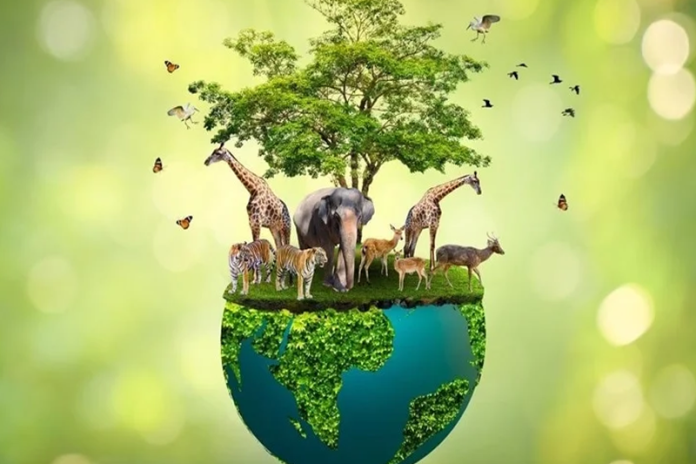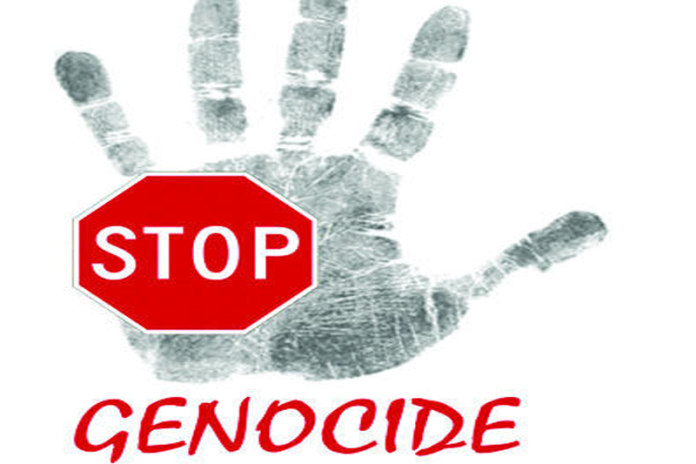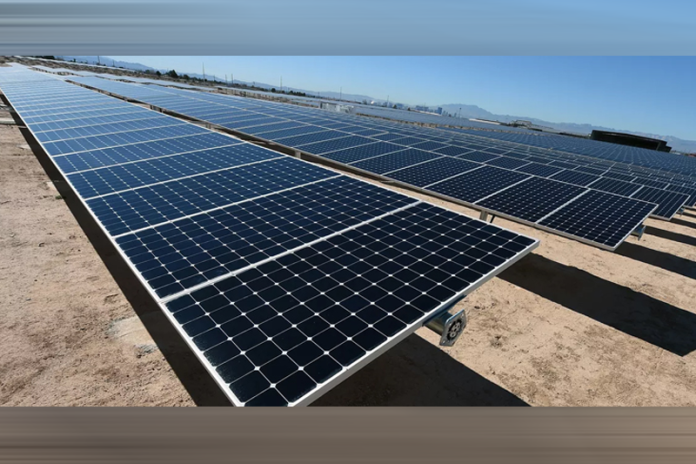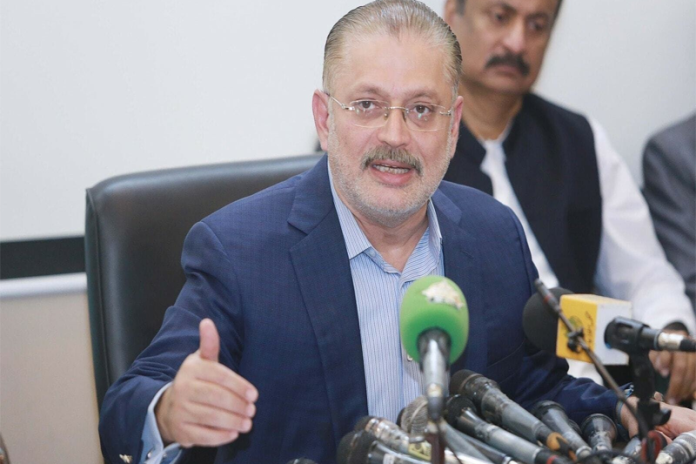Financial woes: no way out
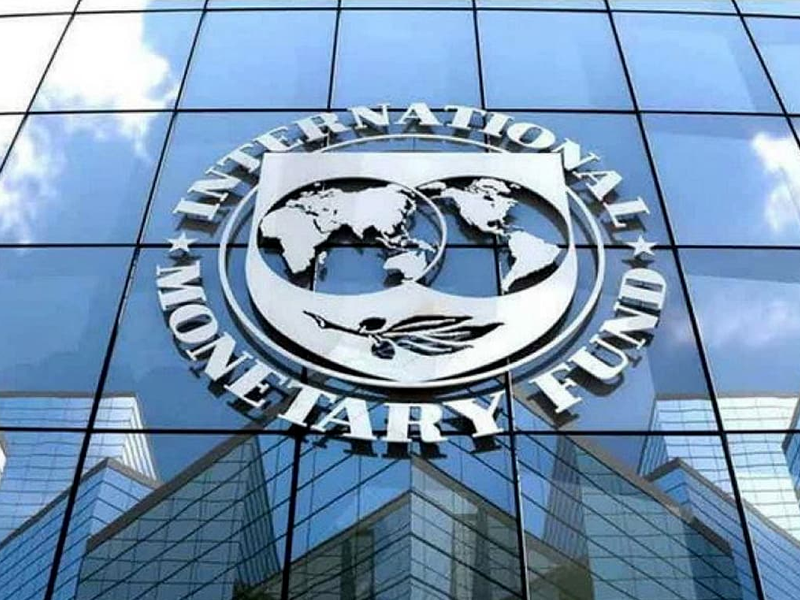
- 365
- 0
There is no denying that our country has facing the issue of shortage of foreign-currency reserves since its Independence but with the passage of time, nothing was done to overcome this issue on permanent basis.
Our exports are less in number as compared to our imports while our rupee has remained in pressure most of times since Independence. Remittances have always been the only sector which have provided a sigh of relief to our people as they are our main source of earning of foreign exchange but the irony is that recently, the same have also declined which is a matter of serious concern. To meet our current account deficit, and debt repay schedules, we go to the IMF again and again and hence we are totally trapped in quagmire of foreign debt.
According to latest reports, Pakistan's total debt and liabilities are close to Rs60 trillion as per recent estimates. Recently, the World Economic Forum report described Pakistan's debt issue as the top risk being faced by Pakistan. Right now our country has reached a stage where we are going to the IMF and other donor agencies for loans to pay back the past debt which is a matter of serious concern. The successive governments have always opted for make-shift arrangements but no serious thinking was given to long-term solutions .
Our economy expansion rate is very slow and as per World Bank forecast, it is projected to expand by 3.4pc this fiscal year, as against the government's target of 4-5pc. As such the imbalance of payment and the trade and current account deficits are going to persist for long.
Right now the debt figures stand $280 billion and of these figures, we owe an international debt of $150 billion which is a worrisome situation.
In fact, it is due to these disturbing figures that our currency is also under extreme pressure and is losing its value day by day. Inflation has hit 22 per cent increase which has broken the backbone of the common man who is already running from pillar to post to make both ends meet. The prices of essentials are sky-rocketing, with no price control mechanism in place while the money manipulators are also out to take advantage of the situation, the non-essential imports are on the rise, but there seems to be no strategy in place on part of the government to address the situation.
The unprecedent rise in oil and energy prices, has pushed the economy in an unending crisis while the fiscal deficit is also in danger zone of around Rs3.5 trillion, registering an increase by 5.2%. It is to be noted with concern that that despite tall claims, the previous PTI government borrowed more aggressively from external sources during the last fiscal year. This is ironical in the backdrop of a record 29pc jump in remittances sent home by overseas Pakistanis and a current account surplus.
On the other hand, International Debt Statistics in 2022, released by the World Bank, indicate that FDI inflows to Pakistan fell five percent year-on-year. In this way, we are losing non-debt creating foreign exchange just when our debt burden is becoming among the largest in the world. In a worrisome situation, it turns out that the burden of Pakistan's foreign debt is piling with an extreme pace, with our successive governments having no capability to come to terms with the requirements of the economic crisis which is growing beyond control.
The three-and-half year tenure of the previous PTI government is a reflection on the poor handling of economy by the economic machinery of the then PTI government. Just imagine, devaluation alone has resulted in an addition of around three trillion to the public debt, and it turns out to be amounting to an addition of 20 per cent to the public debt under the current government, which came into power on the basis of hollow promises which fiddled within short span of time, once they were seated in the parliament. This amount does not include the impact of the recent devolution of Pak rupee against US dollar which means the total debt liabilities will be increased by 20 per cent as rupee lost 20 more per cent of its value during the corresponding period of the above mentioned calculations. As reported, the PSB itself has admitted the increase of about Rs15 trillion to the public debt in just three years of PTI previous rule, which is equal to 82 percent of the gross public debt.
As compared to previous two elected governments of PPP and PML-N, the addition by the previous PTI government is mammoth. As far the total public debt. it has registered an increase by 60 percent from July 2018 to 2022, which in March which indicates an unsustainable and unmanageable 20 percent rise every year. Financial experts say that recent exchange rate volatility, which made the rupee plunge to lowest to a US dollar, is due to the widening of trade deficit, escalating inflation and last but not the least, the negative interest rates. It ought to be a matter of concern that the Pak rupee has turned out to be the worst-performing currency in Asia from the best performer in March. On the other hand, our population is increasing unbridled which has created a further burden on the resources. As reported, the poverty is on the rise and as many as 40 million people in the country are reeling under the poverty line.
The human development sector and budgetary allocation for human development is shrinking and the continuous cut in the PSDP allocation testify this fact.
Published in The Daily National Courier, August, 26 2022
Like Business on Facebook, follow @DailyNCourier on Twitter to stay informed and join in the conversation.


